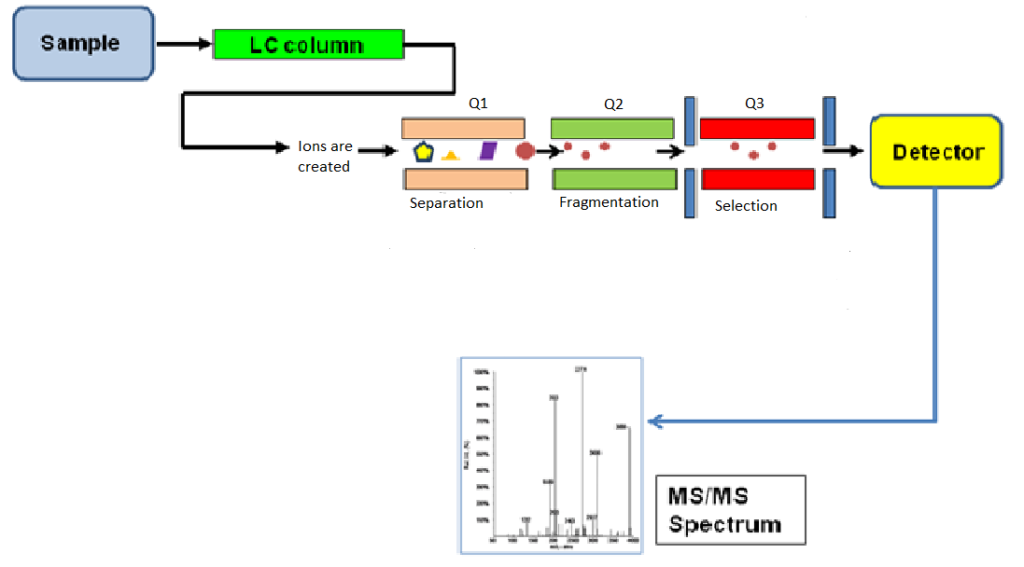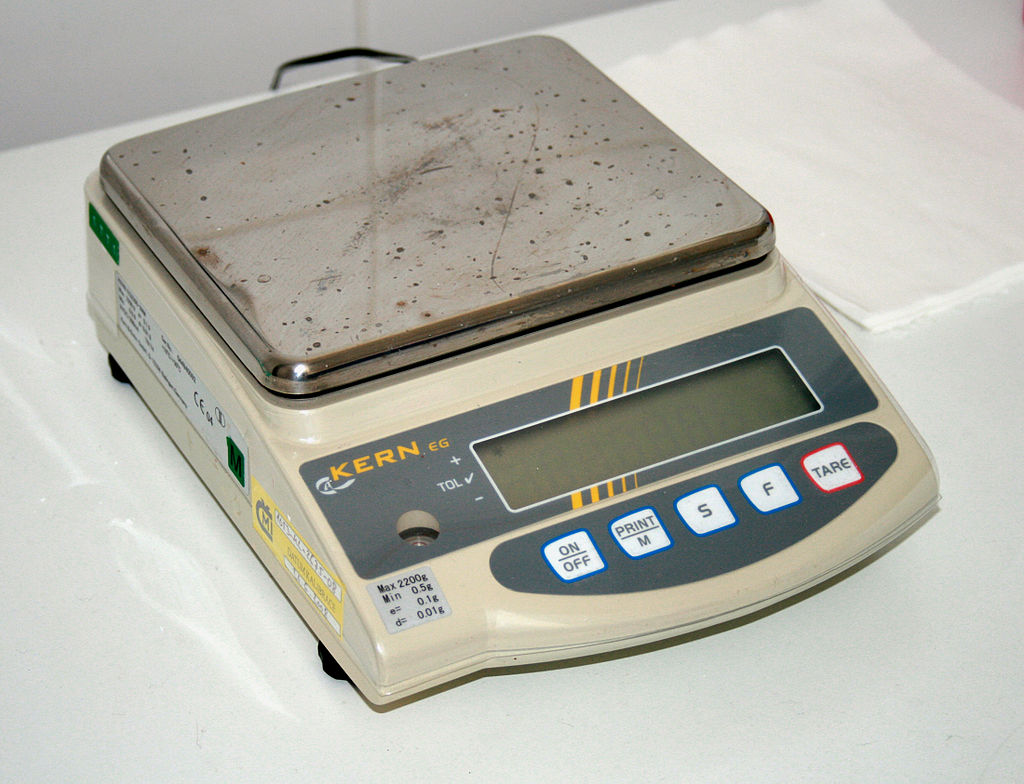Feature image credit Pixabay
Every day, people come in contact with legal and illegal substances, whether directly or indirectly – such as handling cocaine-contaminated bills. How do crime laboratories separate the difference from cross-contamination on the scientists and the samples from casework?
In our society, we cannot ignore that drugs are everywhere. From prescribed painkillers to synthetic opioids, there is no escaping the “drug epidemic“. As scientists estimate anywhere from 67% to 100% of American currency is contaminated with cocaine, even non-users are at risk of exposure to illegal substances because of the number of drugs sold illegally using cash transactions; these bills enter back into national circulation the instant drug dealers spend their ill-gotten gains at normal establishments.
Due to the potential widespread contact with illegal substances, crime laboratories need to be aware of background levels within their lab. Understanding common levels found on non-users from day-to-day activities (like handling of cocaine-contaminated bills) can help determine if levels found in evidence are indicative of a crime or not. It could also indicate whether proper cleaning and decontamination procedures are being followed.
Dr. Edward Sisco and Marcela Najarro from the National Institute of Technology (NIST) collected over 700 samples from 20 laboratories across the United States. The NIST team swiped dry wipes across a variety of surfaces in the laboratory including balances, instruments, fume hoods food humes, work benches, keyboards, door handles and storage areas. Each sample was stored individually in envelopes to avoid cross-contamination.
Once back at the lab, the NIST team performed quantitative (measured by quantity or amount) analysis using liquid chromatography tandem mass spectrometry (LC-MS/MS). The goal of quantitation is determine background levels of drugs in different areas of the laboratory. While some drugs are expected, especially in areas where drug evidence is tested, levels above a certain threshold can affect instrument sensitivity or even be a health risk.
Liquid chromatography (LC) separates substances in a mixture using an absorbent material and a liquid solvent. The unknown substances are pumped through the absorbent material, also known as the column. Each chemical substance will interact slightly different with the column and thus will elute off (or exit the column) at different times. Ideally, each chemical substance has a different elution time dependent on the column’s absorbent material and the liquid solvent used to pump the mixture through. Therefore all compounds in a mixture can be distinctly separated and individually identified.
Once the substance elutes off the column, it enters the mass spectrometer, where charged particles are created. In the first cell (Q1) an initial charged particle (precursor ion) of a specific mass is picked out and sent into the collision cell (Q2). A collision cell is a chamber that has gas, like nitrogen or hydrogen, that crashes into the charged particles. Due to this crashing with the gas, the charged particles are fragmented (broken up) into smaller particles. These smaller particles are then further selected by mass in the third cell and sent to the detector, where their mass and even structure can be determined.

Figure 1. General schematic of liquid chromatography tandem mass spectrometry (LC-MS/MS).
Credit: Lmaps on Wikipedia
For the quantitative analysis with the LC-MS/MS, researchers found 17 of the 18 drugs they were testing, which are some of the drugs most commonly investigated in criminal cases. The most prevalent were cocaine (75%) and heroin (80%), followed by methamphetamine (~47%) and fentanyl (~38%). Focusing on the location, the drug unit’s analytical and general work spaces had more drugs present than evidence receiving, other units and the report writing areas. Specifically in these areas, the NIST team found that weighing balances and work benches had the most drugs present. Looking at the quantity, fortunately, the NIST scientists found that most drugs were present only in low concentrations, except cocaine and heroin. Sisco & Najarro found higher concentrations of these drugs, which they attributed to the high level of those two drugs found in casework.
Figure 2. Areas where drugs were most commonly found, like the balances, fume hood and work benches.
Credit: Karelj and Magnus Manske from Wikimedia
The study’s results demonstrate that some areas within a forensic laboratory have higher levels of drugs present than what can be considered background levels. Sisco and Najarro recommended that forensic labs increase cleaning of these areas and implement certain mitigation measures, like bench paper and using weigh boats on balances, as preventative practices. Other recommendations include more frequent glove changes for analysts and removing gloves once they complete their analytical lab duties, so as to no transfer drugs and other substances to other areas of the lab (like the evidence receiving and office areas).
Sisco and Najarro believe that their study’s method and results can be good practice checks for crime labs, as well as for personnel health and safety. A better understanding of background data can assist in quality control measures and cleaning protocols. Overall, this information can lead to better practices in crime laboratories across the country.
| Title | A multi-laboratory investigation of drug background levels |
| Authors | Edward Sisco and Marcela Najarro |
| Journal | Forensic Chemistry |
| Publisher | Elsevier |
| Year | 2019 |
| Link | https://www.sciencedirect.com/science/article/abs/pii/S2468170919300815 |



One thought on “Drugs, Drugs Everywhere”